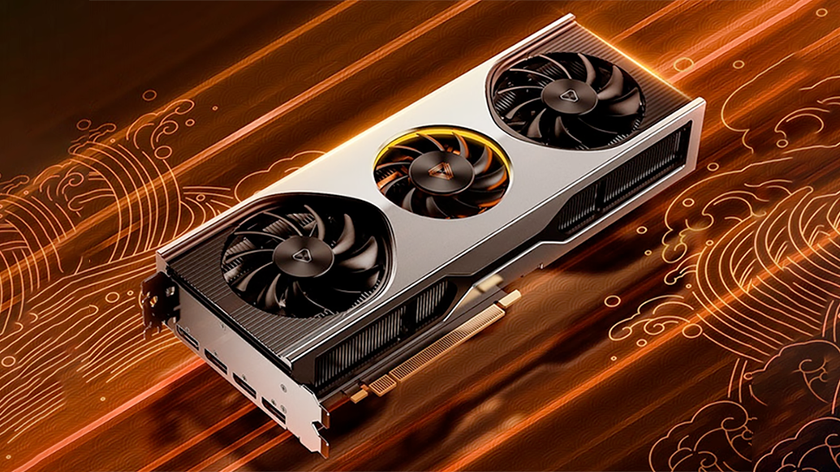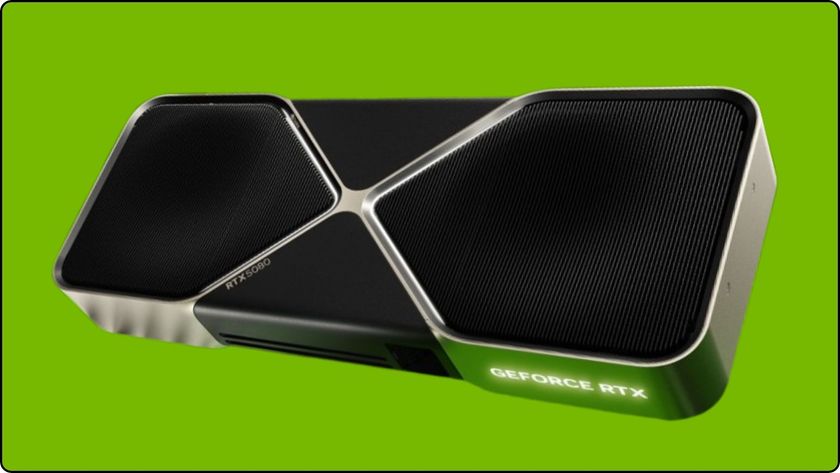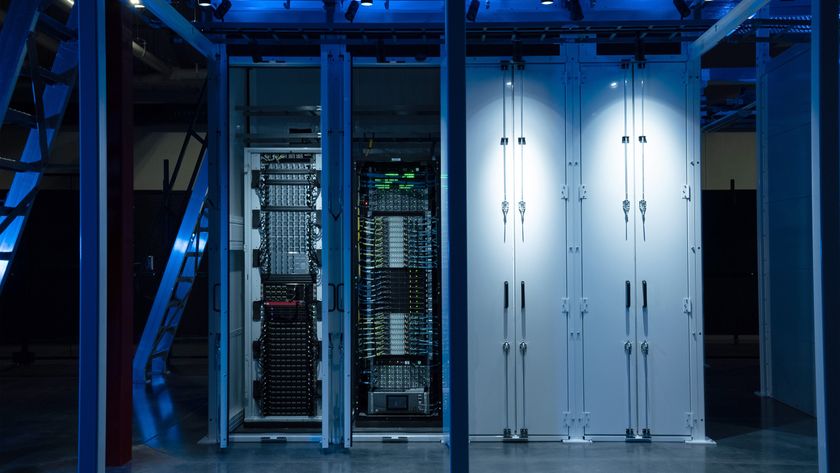Nvidia GeForce 6200 TurboCache: Fast Name, Slower Speed
Conclusion
Call it TurboCache (Nvidia), HyperMemory (coming soon to a low-cost Ati card near you) or anything else: What's being presented here as a wonderful and innovative new technology, namely the use of system memory for graphics data, is in reality old hat. What is new is the idea of reducing the local memory on the card to cut costs, then trying to compensate for it by allocating system memory to do the job instead and selling the whole thing at full price. In "return", the buyer gets great new DirectX 9 features of the last generation. Thanks to the new and much-hyped PCI Express bus, the 3D performance is supposed to be better than anything we've seen from any previous integrated graphics solution - which isn't really the case.
The system memory's bandwidth is simply much too low to accommodate a better performing graphics solution. What good are DirectX 9 features if the cards are unable to reach playable frame rates in modern games even at the lowest quality settings - at standard resolutions?
At any rate, after the tests are done and the results are in, we can say that Nvidia's TurboCache failed to convince us. Only the 32 MB version was able to offer halfway acceptable performance. It also tends to be faster than the 64 MB model, which is held back by the lower memory frequency. The 16 MB model, meanwhile, lags behind quite hopelessly.
Although the name "TurboCache" seems to promise performance, it turns out to be nothing more than euphemistic marketing speak. The same holds true for the memory bandwidth of 10.8 GB/s and 13.6 GB/s that Nvidia quotes for the TurboCache cards with 16 MB and 32 MB RAM. In reality, the bandwidth of the local memory has simply been added to the maximum throughput of the PCI Express bus (4 GB/s per direction = 8 GB/s).
Finally, it is hard to understand why Nvidia chose to add the NV44 TurboCache cards to the "6200" line of cards, even though the graphics processor is distinctly different from the normal NV43 or GeForce 6200. Instead, "6100" would have been a more fitting, not to mention honest designation.
For the end user, the "TurboCache" concept only pays off if the card becomes noticeably cheaper as a result of the limited on-board memory when compared to other cards with a full memory complement. However, this is not the case at all since $79 and $99 are simply way too much for cards with just 16 MB (32 Bit) and 32 MB (64 Bit) of local memory.
A "real" GeForce 6200 with 128 MB of video memory can be found in stores for as little as $88 (64 Bit) or $99 (128 Bit). Even if we are charitable and consider the street price, we still see no good reason to shell out $129 (Nvidia's recommended sales price) for a 64 MB GeForce 6200 TurboCache card, when for $30 less you can get a fully-fledged GeForce 6200 with 128 MB and a 128 Bit memory bus that is much faster to boot.
Stay On the Cutting Edge: Get the Tom's Hardware Newsletter
Get Tom's Hardware's best news and in-depth reviews, straight to your inbox.
Aside from the TurboCache models, potential gamers should also steer clear of graphics cards that use a 64 Bit memory bus, such as the Radeon X300 SE or the 64 Bit GeForce 6200. Unfortunately, these cards are not always sufficiently labeled, making them hard to pick out. It's about time the card makers did something to remedy this situation.
The results turned in by unit-sales market leader Intel, or more specifically the GMA900 processor found in the i915 P/G chipset, are abysmal across the board. Its graphics performance is simply way too low to tackle modern DirectX 9 applications/games. However, if gaming isn't your cup of tea or not an issue on the system you're building, the GMA900 can still be a very decent graphics solution for simple tasks.
When putting together a new system, buyers would be well-advised to consider purchasing a slightly smaller CPU and investing the money into a more powerful graphics card instead. Also, if possible it should come with 128 MB of local video memory and a 128 Bit memory bus - at least if you're planning to use the computer for a game every now and then. And doubly so if you're using a TFT display, since these only offer optimal image quality in their native resolution, usually 1024x768 or 1280x1024.
Most Popular





